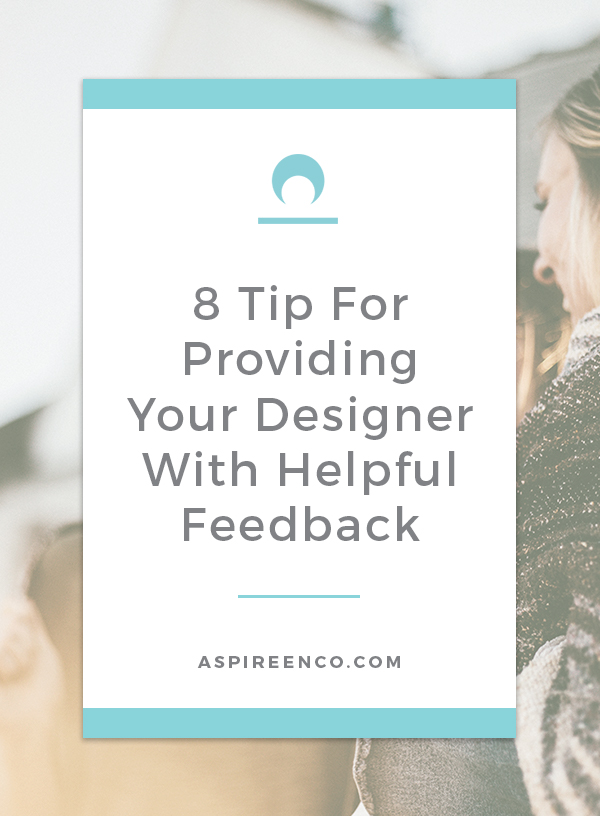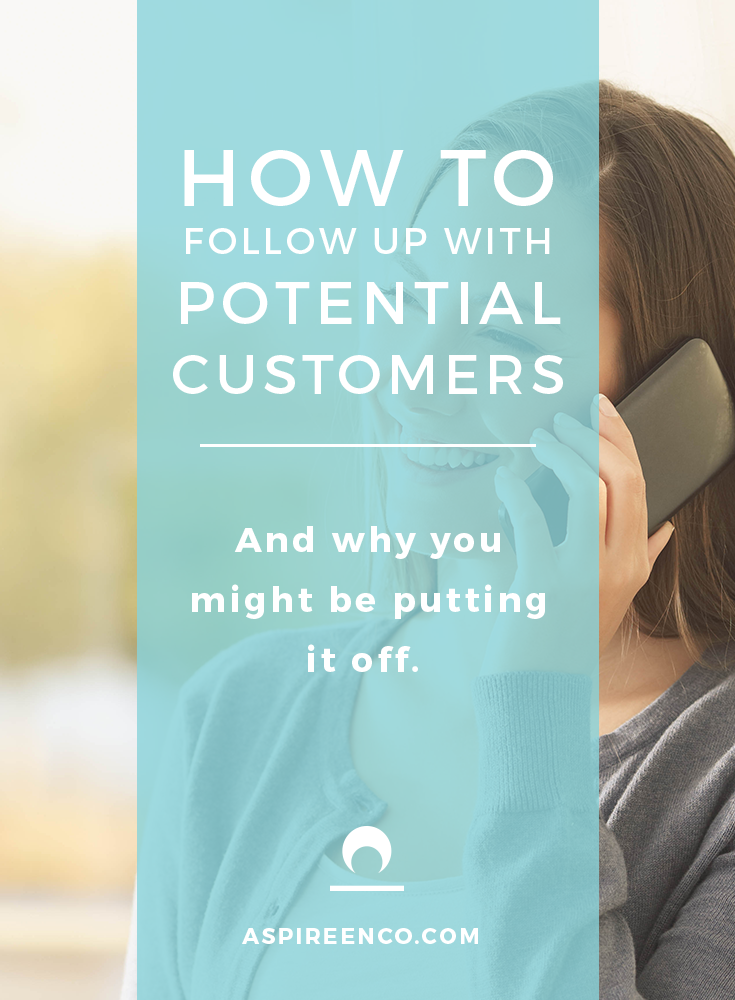
Have you ever found yourself purposely putting off a call back to a new client or prospect? Even one who has already expressed interest in your product or service? Perhaps you’ve even spent so much time in avoidance mode, that it doesn’t even make sense to reach out anymore. Has this procrastination method cost you opportunities, and even money?
Have you ever found yourself purposely putting off a call back to a new client or prospect? Even one who has already expressed interest in your product or service? Perhaps you’ve even spent so much time in avoidance mode, that it doesn’t even make sense to reach out anymore. Has this procrastination method cost you opportunities, and even money?
If this is you, you’re not alone. I think everyone is guilty of this tactic at one time or another, but it is probably fair to say it is even more prevalent in my millennial generation (yup, I’m a millennial, a real genuine snowflake).

We’ve learned to send an email or text over a phone call. Are we lazy? I don’t think so.
I think the answer is actually one you’ll probably understand and relate to. Millenials don’t like to call or send too many follow up emails because it feels intrusive.
Why? Well, for starters, we’ve all spent at least the last ten years being barraged with scammy telemarketing calls…like that free trip to the Bahamas, that you only had to pay the taxes for…$800 in taxes to be exact. Some are obviously scams, and others are harder to tell – but all of them are trying to take advantage of us.
So we Millennials have grown up in a generation hardwired to question every phone call with an unknown number- if we even decide to pick up.
And on an even more basic level, most of us are just afraid that a potential client doesn’t want to hear from us.
I want to let you in on a little secret: They want to hear from you!
Picture this.
Sarah wants to take horseback riding lessons at a barn near her house. She signs up on their website for information about upcoming clinics. She receives an email saying there is a clinic in two months. She calls the owner to find out more, but she’s not quite ready to make the commitment. She tells the owner she will think about it and get back to her.
Situation #1
Sarah gets so busy with her day job, that she totally forgets about the clinic and next time she thinks about it, the clinic has already passed. BIG BUMMER.
That’s a missed opportunity for BOTH both of them. The owner just lost business, and Sarah just missed out on an awesome experience.
Situation #2
The owner calls Sarah a week after the initial call and leaves Sarah a voicemail. Sarah’s so busy with her day job that she forgets to respond, but she really does want to attend the clinic. A week later the owner calls again, this time Sarah picks up. She tells Sarah it was so lovely meeting her, and that the sign ups are closing THAT day.
Wow! Sarah is so thankful that the owner called. She can’t believe she almost missed the deadline for the clinic. Sarah feels valued and connected with the owner who took the time to take down her phone number and follow up after their initial call. Sarah thanks the owner, happily pays the $400 fee, and has a wonderful time at the riding clinic.
Do you see that? In situation #2 Sarah left the situation feeling like the owner did her a favor. Now, I know that this is just a story that I made up, but think of a time when someone followed up with you in a similar situation. I bet that it made the experience soooooo much better, you felt valued and taken care of…and you probably wanted to work with them again!
When you don’t follow up with your clients, you don’t even give them an option to tell you no, let alone YES.
And there will be no’s. But don’t let that discourage you. A no is an opportunity for closure and learning.
Now, if you’re getting A LOT of no’s, there might be a reason. If this is the case, look for areas where you can improve. I would recommend starting by evaluating your customer base and ensuring that you a.) know who your target audience is b.) are serving your target audience.
Serving people outside your target audience is ALWAYS going to feel hard because the material simply isn’t made for them…nobody wants that, especially not you!
How many times to follow up?
I hear a lot of people get hung up on how many times to follow up with someone. From experience on both the service and customer sides of business, I have found three to be the magic number.
One is definitely not enough. It’s too easily overlooked, forgotten, or even lost in spam.
Two sometimes works, but a lot of people need that extra push the last call gives to light the fire of motivation and yes, even a little guilt, to get back to you. After three calls, most reasonable clients will want to give you an answer one way or another. Sometimes that answer is that they aren’t sure, and to call them in a few months – great, call them back in a few months when they are ready!
Follow up can be in the form of an email or a phone call. When I want to get ahold of someone quickly, I usually call. If I get a voicemail, I will send an email as well (at least on the first call). This gives the client two ways to answer me, since they might prefer one method of communication over the other. This only counts as ONE follow up.
You should space out your follow up an appropriate number of days. Unfortunately, there is no hard and fast rule for this. It really depends on your industry and how quickly projects move. For some this might be every 1-2 days, and for others this may be every 1-2 weeks. But don’t put it off too long, when it doubt, call earlier to avoid procrastinating.
Remember, your potential customers:
This week I encourage you to put call backs to the top of your list. See what it does for your business. Does it land you a new client in one week instead of three? Something else?
Let me know in the comments below.
5 Responses
https://bit.ly/3sjxrT0
indugasser,.218943
https://bit.ly/30EoTdV
indugasser,.218943
This makes it easier for the customer to review points from your meeting and they can share this with others if need be. Restate The Points That Got The Client Excited When your prospect leaves your first meeting excited, it’s your job to keep up that excitement.
Volunteer for an organization where they also serve. And of course, you can always ask if they are ready to start working with you. Following up consistently is one of the most productive marketing activities there is, but it won’t work if you don’t do it.
Remember, for 70 percent of consumers, interesting content is their preferred way of hearing from businesses and brands. If you want to form a lasting connection with potential customers, meet them on their own personal stomping grounds. If you know your customer is a phone person, give them a call.